DLPy features include the following:
- Read in and build deep learning models for image, text, audio and time series data.
- High-level APIs for:
- Deep neural networks for tabular data.
- Image classification and regression.
- Object detection.
- RNN-based tasks – text classification, text generation and sequence labeling.
- RNN-based time series processing and modeling.
- Processing audio files and training deep learning algorithms to create a language model for speech recognition applications.
- Predefined network architectures such as LeNet, VGG, ResNet, DenseNet, Darknet, Inception and YoloV2 and Tiny_Yolo. And many are provided with pre-trained weights!
- Enhanced data visualization such as heat maps and feature maps to aid in the interpretation of deep learning computer vision models.
- Import and export deep learning models in ONNX format.
DLPy can be used from Jupyter Notebook, JupyterLab, or from any Python console/scripting environment.
DLPy is open source and available on GitHub and PyPI. User contributions are accepted.
Get Started
Find all DLPy pre-requisites, installation, and configuration on sassoftware.github.io/python-dlpy/.
Deep Learning with Python (DLPy) Computer Vision Demo Series
DLPy and SAS® Viya® Demo Resources
Samples
Example Notebooks and use cases can be found at sassoftware/python-dlpy/examples.
Sample Notebook Screenshots
DLPy Blogs & Communities
DLPY Blogs


